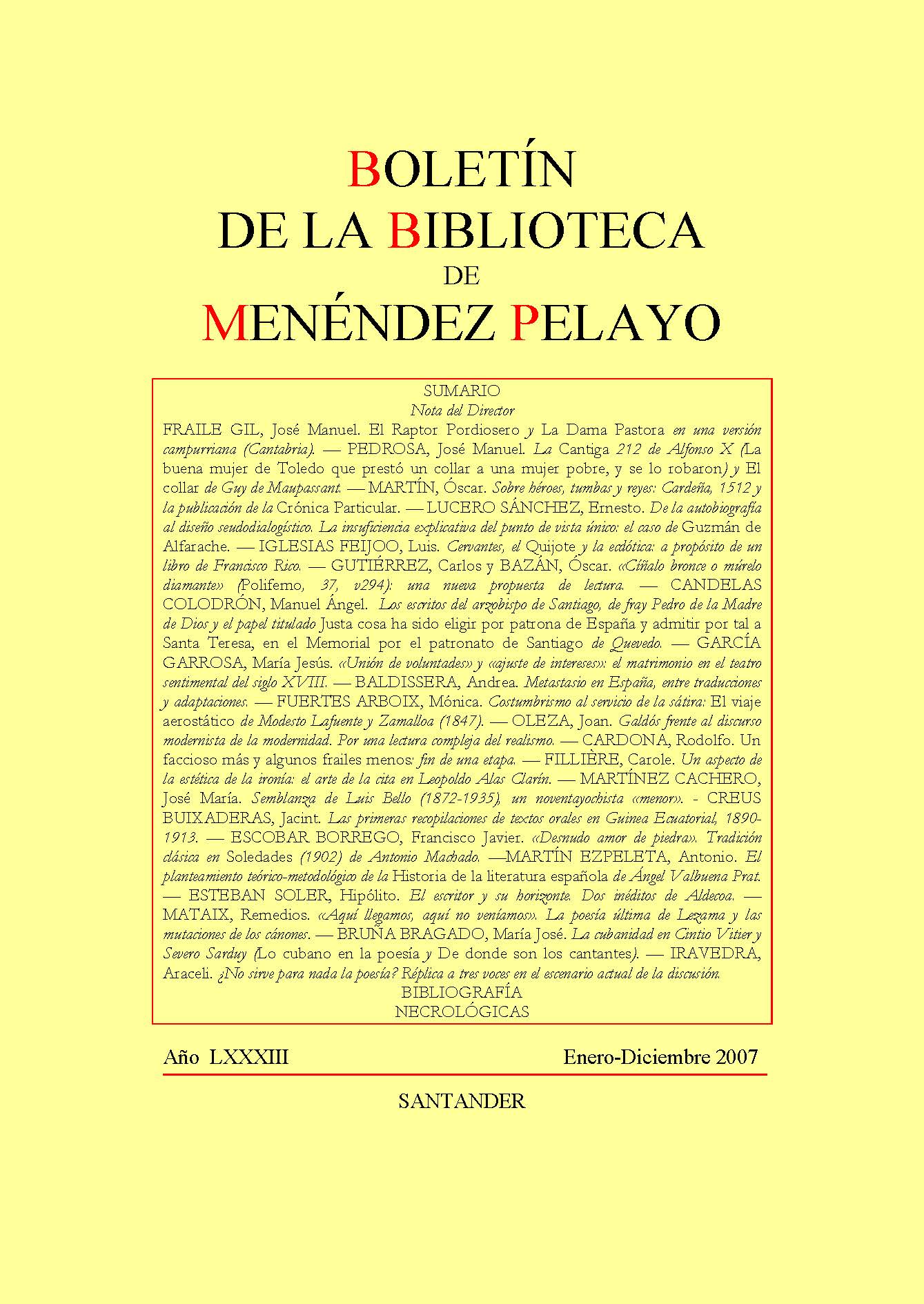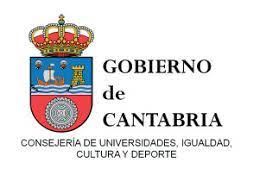El personaje literario y su lengua en el siglo XVI. Edición de Consolación Baranda Leturio y Ana Vian Herrero. Madrid, Instituto Universitario Menéndez Pidal – Universidad Complutense de Madrid, 2006, 350 págs.
DOI:
https://doi.org/10.55422/bbmp.450Keywords:
XVIth century, Literature, Literary character, Construction of character, CompilationAbstract
This article reviews the statements of different authors about the character and its syntactic and semantic function within a literary work. In the edition of Consolación Baranda Leturio and Ana Vian Herrero, which deals with the character of the 16th century, four important aspects stand out: his Hispanic origin, his multidisciplinary characteristics, his concentration on modalization and his choice of characters from the Spanish literature of the 16th century. XVI as corpus of work. It is a book made up of eleven studies on this subject, by different authors, of whose chapters this review makes a brief summary. All of them provide critical reflections on the creation of the literary character and everything that has to do with it.
Downloads
Publication Facts
Reviewer profiles N/A
Author statements
Indexed in
- Academic society
- Sociedad Menéndez Pelayo
- Publisher
- Sociedad Menéndez Pelayo
Global Statistics ℹ️
|
239
Views
|
190
Downloads
|
|
429
Total
|
|
Downloads
Published
How to Cite
Issue
Section
License
Copyright (c) 2022 César Domínguez

This work is licensed under a Creative Commons Attribution-NonCommercial 4.0 International License.







